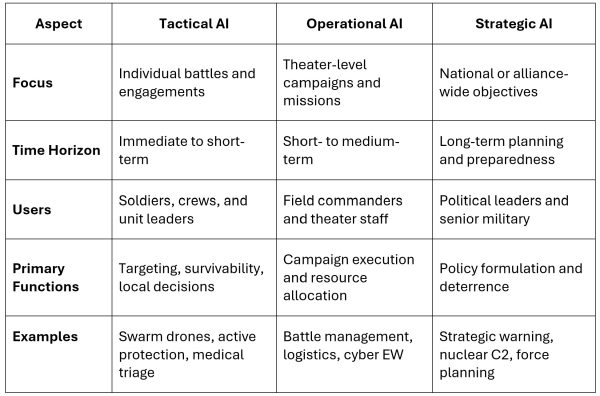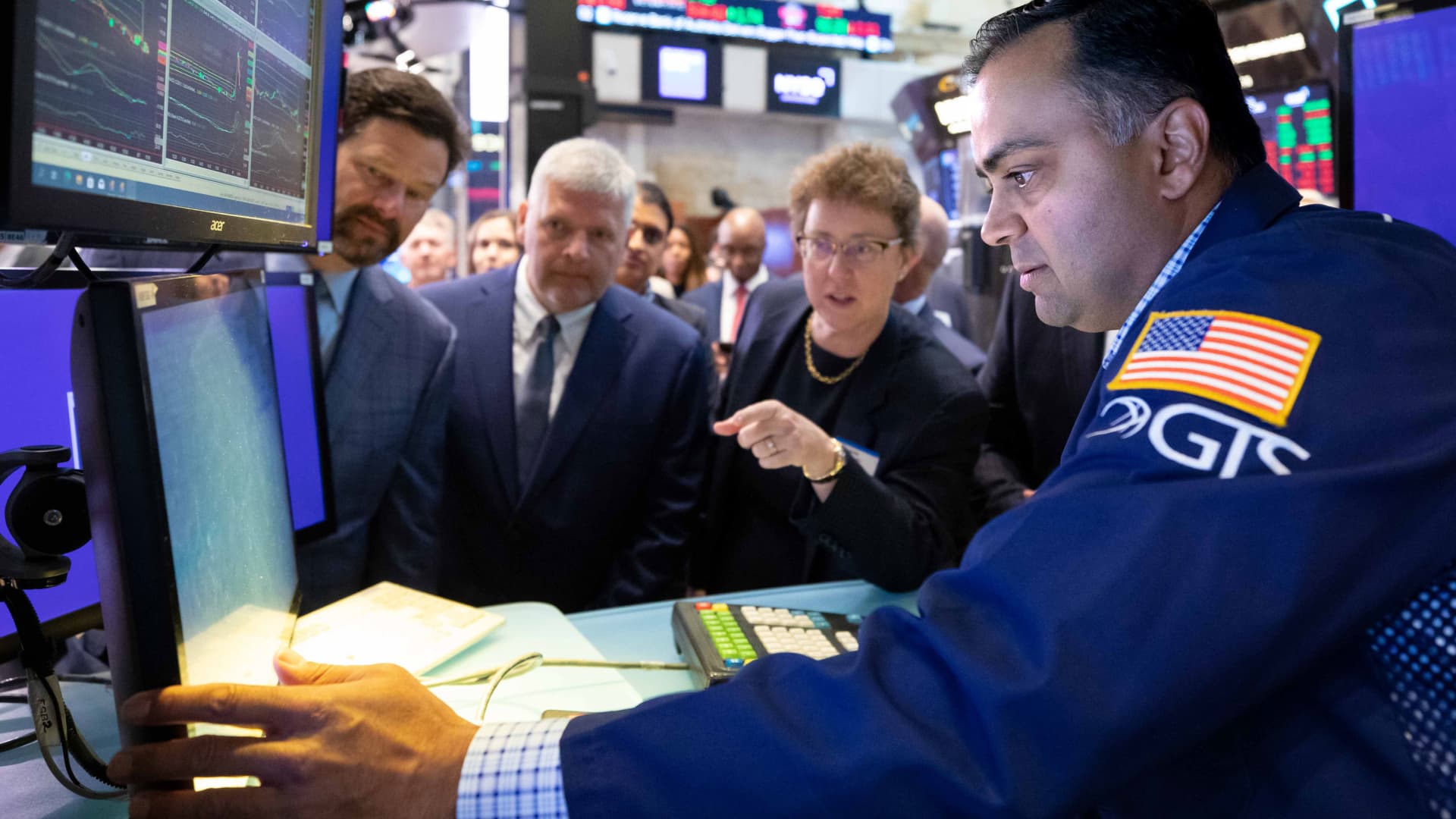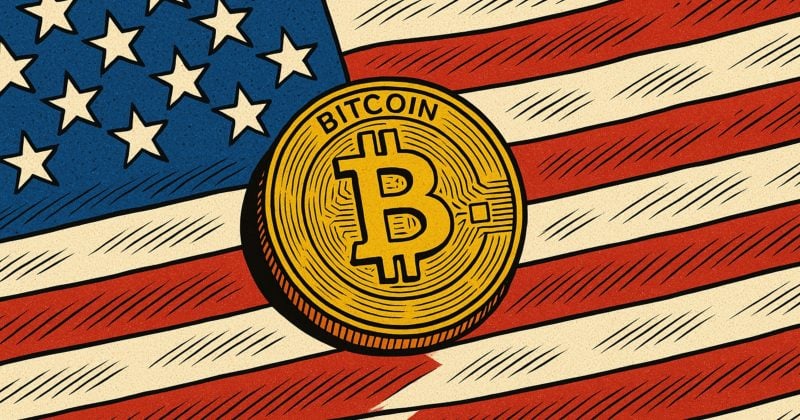Text size
Japan has had to intervene to support the sliding yen for the first time since 1998, even as it tries to keep its interest rates low.
Akio Kon/Bloomberg
The world has been hooked on cheap money for years. Now we’re witnessing what withdrawal looks like.
Lifting interest rates from nil has produced a historic crash in bonds, observes Bank of America’s strategy team, led by Michael Hartnett. This year’s losses rival the worst bond drops since the aftereffects of the two world wars (1949, culminating with the Marshall Plan, and 1920, coinciding with the Treaty of Versailles), as well as the Great Depression’s impact (with the failure of Creditanstalt, a major European bank, in 1931).
This is the product of the end of near-zero interest rates, with the Federal Reserve lifting its key policy rate a total of three percentage points in 2022, including another 0.75 of a point this past week. Equally important, that has pushed real, or inflation-adjusted, rates well above zero. Measured by Treasury inflation-protected securities, the five-year real yield has risen to positive 1.60% from negative 1.61% a year ago, according to Bloomberg.
Bonds’ dramatic repricing imperils “the world’s most crowded trades,” the BofA strategists write in a client note: the dollar, U.S. tech stocks, and private equity. The threat of a “credit event”—the polite term for a crash—also looms.
The preconditions that led to the October 1987 crash are mostly present, they add. These include a volatile geopolitical backdrop, abnormal U.S. markets far outperforming the rest of the world, and the lack of international coordination. What’s missing, for now, is a currency crisis.
But foreign-exchange volatility has surged, with the
U.S. Dollar Index
soaring to a 20-year high, creating huge strains for other currencies. The most notable loser: the British pound, as markets react violently to the United Kingdom’s plan to borrow to fund tax cuts. Japan has had to intervene to support the sliding yen for the first time since 1998, even as it tries to keep its interest rates low.
For now, the bond carnage has produced 20%-plus bear market drops in the major stock indexes, other than the
Dow Jones Industrial Average,
which is down 19.6%. So, far, the declines have mainly reflected lower price/earnings ratios; cuts in earnings forecasts are just beginning. Goldman Sachs strategist David Kostin has cut his year-end
S&P 500
target to 3600 from 4300, reckoning that higher rates merit a P/E multiple of 15 times an assumed $234 of S&P earnings per share in 2023 (or just under the $240.46 Wall Street consensus from FactSet).
But Jason De Sena Trennert, who heads Strategas Research, sees a profit recession that could cut 2023 S&P earnings to just $200. Earnings recessions typically happen twice as often as economic contractions, and this one would reflect the faster rise in producer prices than in consumer prices, he argues in a client report. The estimated drop of about 10% would be far less than the median slide during a recession, however. And the falling earnings estimates could mean the next leg of the bull market is upon us, he concludes.
Using Goldman’s estimated 15 times P/E and Strategas’ $200 earnings projection implies an S&P 500 target of 3000. That would be an additional 18.8% haircut from Friday’s close of 3693.23, which already is 23% below the benchmark’s closing high of 4796.56, hit on Jan. 3.
Frequent readers of this space might recall that S&P 3000 also was the forecast of former Barron’s Roundtable stalwart Felix Zulauf. He made that prediction last December, when the large-cap benchmark hovered at its peak near 4800. Since then, however, he has maintained radio silence and unfortunately hasn’t issued any updates.
As for BofA’s Hartnett, he suggests investors “nibble” if the S&P 500 gets to 3600, “bite” at 3300, and “gorge” at Zulauf’s 3000 target. Further Fed rate hikes could boost the pressure on equities and other risk assets. Futures markets point to increases of another 0.75 of a percentage point in November and 0.5 of a point in December, to 4.25%-4.50%, according to the CME FedWatch site. That coincides with the Fed’s own year-end projection.
But Friday saw a big contrarian bet in the rarefied world of options on rate futures. Someone wagered that rates won’t rise as much as expected by December, relates John Brady, managing director for global institutional sales at Chicago broker R.J. O’Brien, in an email. That suggests somebody is bracing for something to break, which tends to happen when interest rates rise sharply.
Write to Randall W. Forsyth at [email protected]





.jpg&h=630&w=1200&q=100&v=154b70b92d&c=1)








